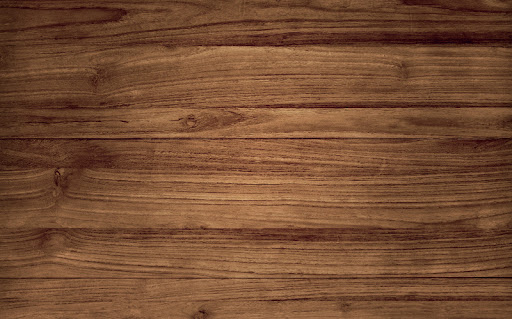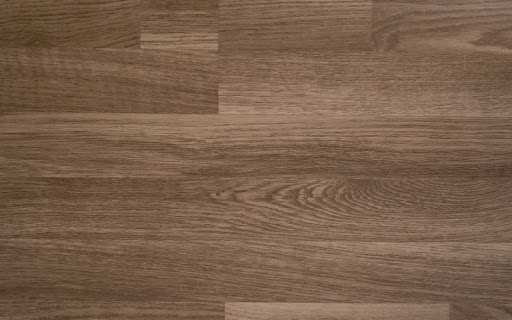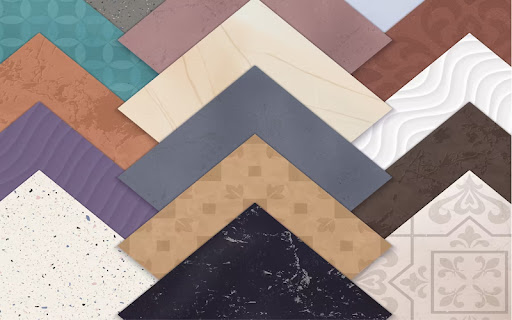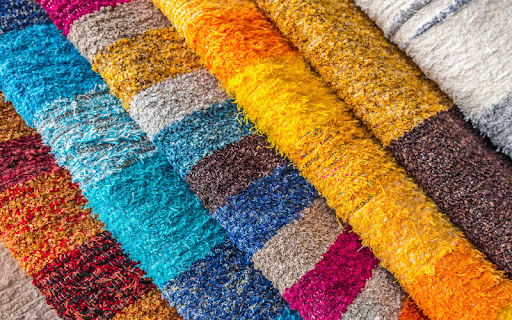
The Pros and Cons of Different Types of Flooring Materials
[ad_1]
Introduction
Choosing the right flooring material is crucial for both residential and commercial spaces. It not only affects the aesthetics of the room but also impacts its functionality, maintenance, and durability. With a wide range of options available, it can be challenging to determine the best choice for your needs.
In this article, we will explore the pros and cons of different flooring materials and help you make informed decisions.
Hardwood Flooring
 Hardwood flooring is a classic choice known for its timeless beauty and durability. Here are the pros and cons.
Hardwood flooring is a classic choice known for its timeless beauty and durability. Here are the pros and cons.
Pros
Natural and elegant appearance
Hardwood floors add warmth and sophistication to any space. The natural grain patterns and rich tones of hardwood create a sense of luxury and enhance the overall aesthetics of a room.
Longevity
One of the major advantages of hardwood flooring is its longevity. With proper maintenance and care, hardwood floors can last for decades, making them a worthwhile investment.
Easy to clean and maintain
Hardwood floors are relatively easy to clean and maintain. Regular sweeping or vacuuming removes dust and debris, while occasional mopping with a recommended hardwood floor cleaner keeps the surface looking clean and fresh.
Versatility
Hardwood flooring offers a wide range of options in terms of stains, finishes, and wood species. This versatility lets homeowners choose the perfect style and colour to match their interior design preferences.
Cons
Vulnerable to moisture
One of the main drawbacks of hardwood flooring is its vulnerability to moisture. Excessive water or prolonged exposure to moisture can cause hardwood floors to warp, buckle, or stain.
Susceptible to scratches
Despite its durability, hardwood floors are not completely impervious to scratches. Pets, furniture, and high heels can leave marks on the surface over time.
Higher cost
Hardwood flooring can be more expensive compared to other flooring options. The cost of materials, installation, and maintenance should be taken into consideration when budgeting for hardwood floors.
II. Laminate Flooring

Laminate flooring has become a popular choice for homeowners and businesses alike, thanks to its affordability and versatility. Let’s take a closer look at the pros and cons of laminate flooring.
Pros
Cost-effective
One of the primary advantages of laminate flooring is its cost-effectiveness. It provides the appearance of real hardwood at a fraction of the price. If you desire the look of hardwood flooring on a tighter budget, laminate can be an excellent alternative.
Durability
Laminate flooring is highly durable and resistant to scratches, stains, and fading. This makes it an ideal choice for high-traffic areas such as entryways, hallways, and living rooms.
Easy installation
Many laminate floors feature a click-and-lock system called a “floating floor” installation. This means that the planks can be easily clicked together, eliminating the need for messy adhesives or extensive floor preparation.
Low maintenance
Laminate flooring requires minimal upkeep. Regular cleaning with a damp mop or a vacuum with a soft brush attachment is usually sufficient to keep it looking clean and fresh.
Cons
Limited refinishing options
Unlike hardwood flooring, laminate cannot be sanded or refinished if it gets damaged. If a laminate plank is scratched or stained, it typically needs to be replaced.
Prone to moisture damage
While laminate flooring is more resistant to moisture compared to hardwood, it is still vulnerable to damage. If water seeps into the seams or edges of laminate flooring, it can cause the planks to swell, warp, or even delaminate.
Less authentic look and feel
Although advances in technology have greatly improved the realism of laminate flooring, it may not fully replicate the natural beauty and texture of hardwood.
III. Tile Flooring

Tile flooring is a popular choice for both residential and commercial spaces due to its durability, versatility, and aesthetic appeal. Let’s explore the pros and cons of tile flooring in more detail.
Pros
Waterproof and moisture-resistant
Tile flooring, especially ceramic and porcelain tiles, is highly resistant to water and moisture. This makes them an excellent choice for areas prone to spills and high humidity, such as bathrooms, kitchens, and laundry rooms.
Wide range of options
Tiles come in a vast array of colours, patterns, and textures, providing endless design possibilities. Whether you prefer a sleek and modern look or a rustic and traditional feel, there is a tile option to match your aesthetic preferences.
Long lifespan
With proper installation and regular maintenance, tile floors can last for decades. Unlike other flooring options that may wear out or fade over time, tiles retain their original appearance and durability.
Easy to clean
Tile floors are relatively easy to clean and maintain. They are resistant to stains, and most spills can be easily wiped or mopped away.
Cons
Cold underfoot
Tile flooring tends to feel cooler underfoot compared to other flooring materials, such as carpet or hardwood. This can be less comfortable, especially in colder climates or during winter months.
Hard surface
The hardness of tile flooring can pose a risk of breakage if fragile items are dropped on it. Delicate glassware or other objects may shatter upon impact with the hard surface.
Professional installation required
Proper tile installation demands experience and expertise. Achieving a level, well-aligned, and properly grouted tile floor requires the skills of a professional installer which could add to the overall cost of tile flooring.
IV. Carpet Flooring

Carpet flooring is a popular choice for bedrooms and living areas, offering comfort, insulation, and versatility. Let’s delve into the pros and cons of carpet flooring.
Pros
Soft and comfortable underfoot
One of the primary advantages of carpet flooring is its softness and comfort. The plush surface provides a cozy and warm feel, making it inviting for walking barefoot or lounging on the floor.
Noise reduction
The carpet acts as a natural sound absorber, reducing echoes and minimizing noise transmission between floors. It helps create a quieter and more peaceful living environment.
Variety of styles and textures
Carpet offers a wide range of styles, colors, patterns, and textures, allowing you to customize on your own terms whether you prefer a luxurious and plush carpet or a more textured and durable option.
Cost-effective
Carpet is generally more affordable compared to other flooring options, especially when considering installation costs. The materials used in carpet production are often more budget-friendly than hardwood, laminate, or tile.
Cons
Prone to stains and wear
One of the main drawbacks of carpet flooring is its susceptibility to stains and signs of wear over time. Spills, dirt, and foot traffic can cause stains and discolouration, which may require professional cleaning to fully remove.
Allergen retention
Carpet fibers can trap allergens, dust, pet dander, and other particles, which can negatively impact indoor air quality. This can be problematic for individuals with allergies or respiratory sensitivities.
Limited lifespan
Carpets typically have a shorter lifespan compared to hard flooring materials like hardwood or tile. Over time, the fibers may wear down, lose their texture, or become matted.
Final Thoughts!
Selecting the right flooring material involves considering various factors such as aesthetics, durability, maintenance, and budget. At Task Masters, we understand that selecting the right flooring material is a crucial decision that involves several factors. Our team of professionals, including in-house architects and technical experts, will provide you with a personalised consultation to ensure that your flooring decision enhances both the beauty and functionality of your home. Ready to transform your space with the perfect flooring? Contact us for an in-depth discussion and get a quote today!
[ad_2]
Source link
